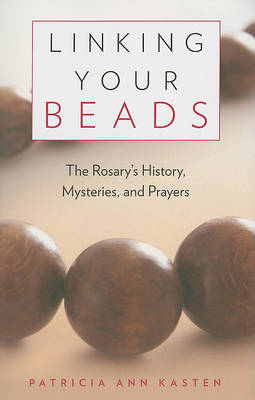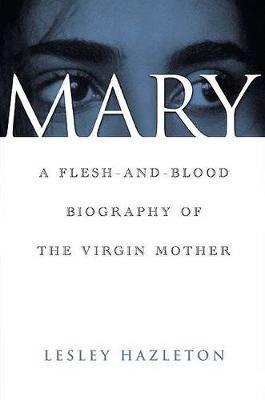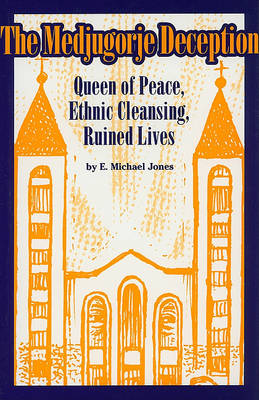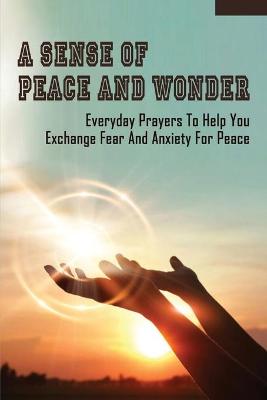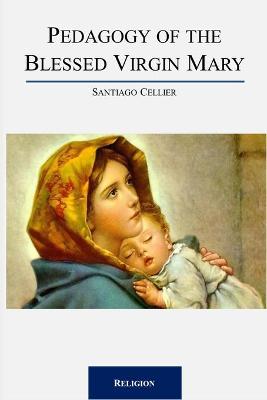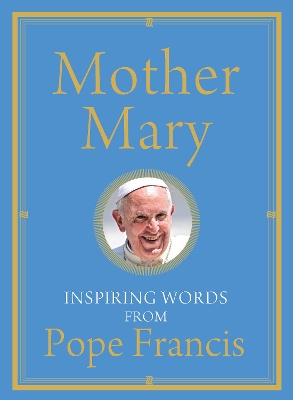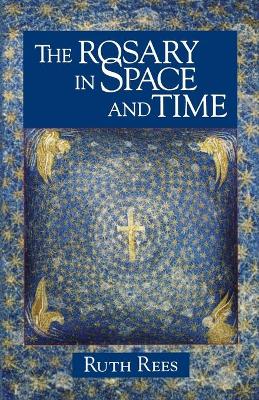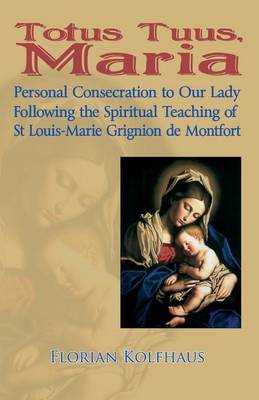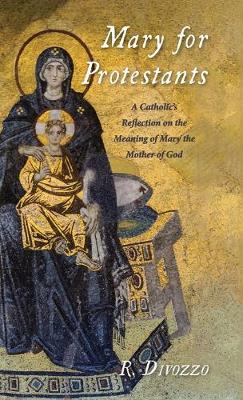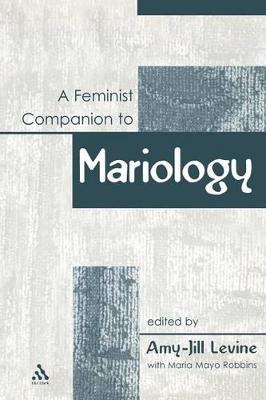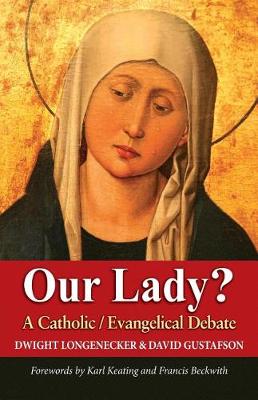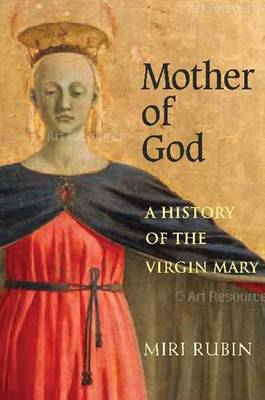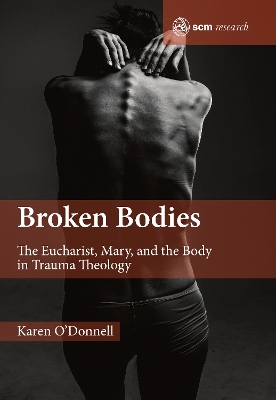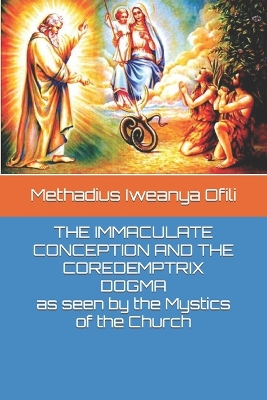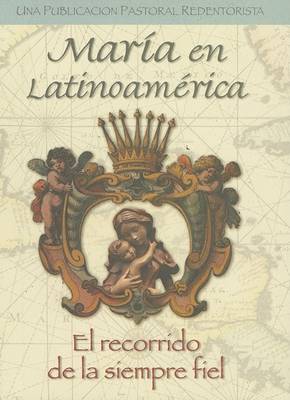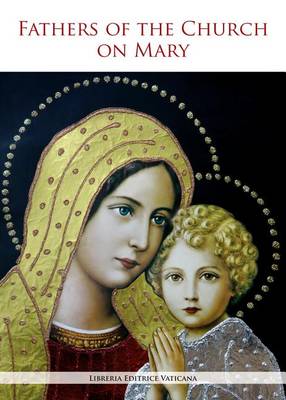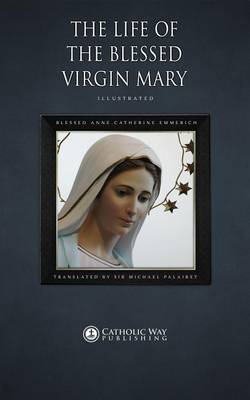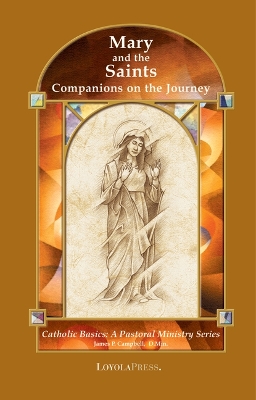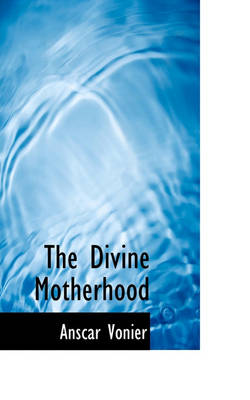Chosen among Women: Mary and Fatima in Medieval Christianity and Shi`ite Islam combines historical analysis with the tools of gender studies and religious studies to compare the roles of the Virgin Mary in medieval Christianity with those of Fatima, daughter of the prophet Muhammad, in Shi`ite Islam. The book explores the proliferation of Marian imagery in Late Antiquity through the Church fathers and popular hagiography. It examines how Merovingian authors assimilated powerful queens and abbess...
My Holy Hour - St. John the Baptist (Saints in the Church, #2)
by Holy Hour Books and Vikk Simmons
A Feminist Companion to Mariology (Feminist Companion to the New Testament & Early Christian Literature S., v. 10)
The twelve essays in this volume explore, through various approaches, not only the biblical portraits of Mary but also both 'the quest for the historical Mary' and the understandings of those portraits through the centuries. The expert contributors address such topics as the understandings of sexuality, the divine feminine, soteriology, first-century social history, christology, Protestant, Catholic, and Orthodox hermeneutics, ecumenical and interfaith relations, and the meaning of 'virginity'....
How did the Virgin Mary, about whom very little is said in the Gospels, become one of the most powerful and complex religious figures in the world? To arrive at the answers to this far-reaching question, one of our foremost medieval historians, Miri Rubin, investigates the ideas, practices, and images that have developed around the figure of Mary from the earliest decades of Christianity to around the year 1600. Drawing on an extraordinarily wide range of sources including music, poetry, theolog...
The Body of Christ is a traumatised body because it is constituted of traumatised bodies. This monograph explores the nature of that trauma and examines the implications of identifying the trauma of this body. Constructing new ways of thinking about the narratives at the heart of the Christian faith, 'Broken Bodies' offers a fresh perspective on Christian theology, in particular the Eucharist, and presents a call to love the body in all its guises. It offers new pathways for considering what...
In Our Lady of Guadalupe and Saint Juan Diego, Eduardo Chavez presents the most important points of the Great Guadalupan Event: the apparition of Our Lady of Guadalupe to Juan Diego, a recently converted indigenous man, in Mexico. Through a utilization of the numerous historical documents and investigations of this event, Chavez details the reality of what occurred in the cold winter of 1531. As described by Pope John Paul II, "The Guadalupan Event is the perfectly inculturated Evangelization...
THE IMMACULATE CONCEPTION AND THE COREDEMPTRIX DOGMA as seen by the Mystics of the Church
by Methadius Iweanya Ofili
